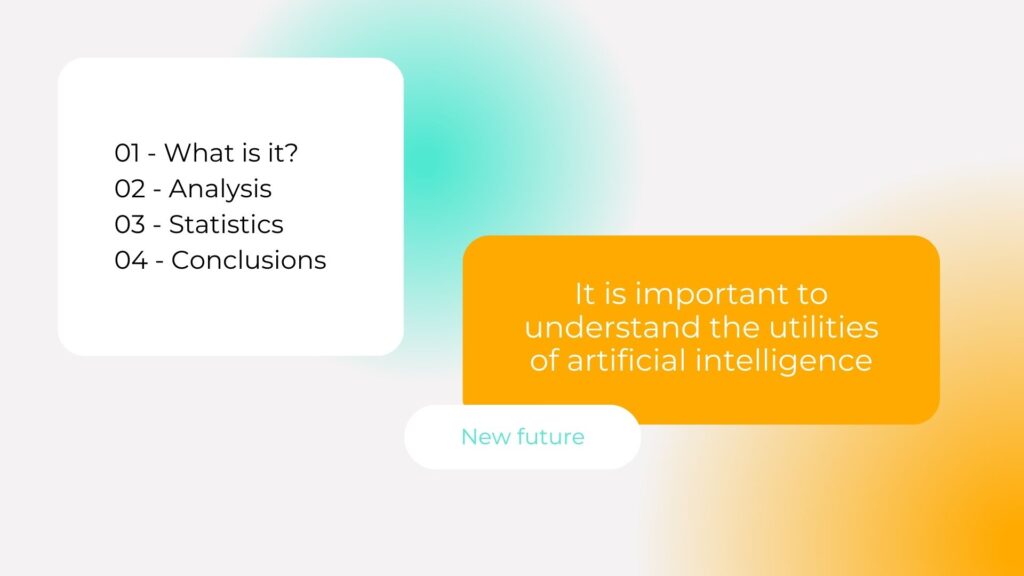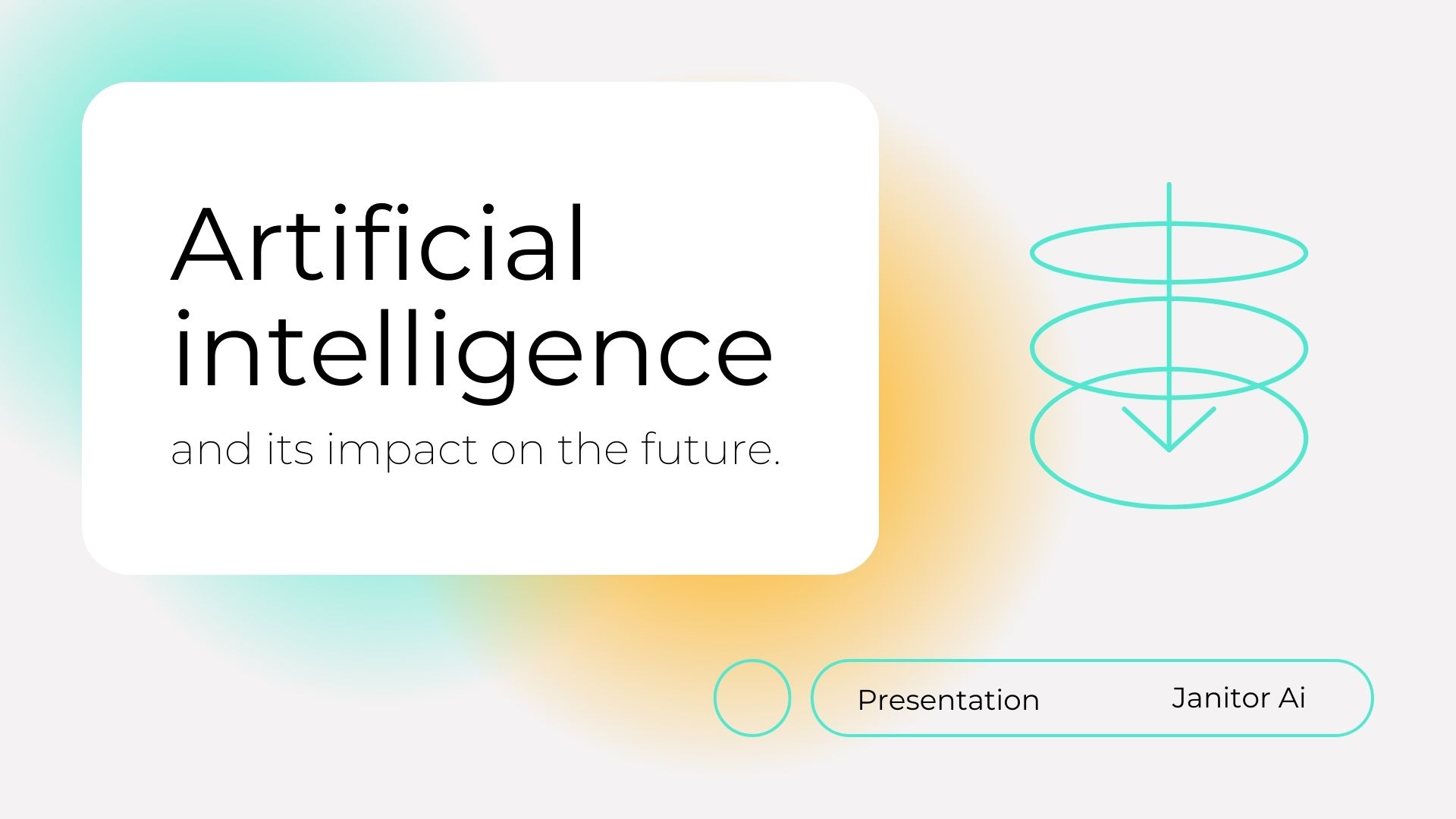The introduction of Janitor AI is one of the most fascinating advancements in the quickly developing field of artificial intelligence. This cutting-edge technology has the potential to completely change how we handle upkeep and cleaning in a variety of settings. We will go into the details of Janitor AI in this blog article, covering everything from its history and uses to its advantages and prospects. We will also cover some commonly asked topics in order to give you a thorough grasp of this state-of-the-art technology.
What is Janitor AI?
Artificial intelligence-equipped autonomous systems intended to carry out cleaning chores are referred to as janitor AI systems. These systems effectively clean and maintain many sorts of facilities by utilizing cutting-edge technology such as robots, computer vision, and machine learning. Janitor AI seeks to increase productivity, cut expenses, and uphold a high degree of cleanliness by automating repetitive cleaning chores.

History and Development
The larger subject of service robots is where Janitor AI got its start. The foundation for building robots that can carry out labor-intensive and repetitive activities was set by early advancements in robotics and artificial intelligence. Sophisticated cleaning robots have been made possible by major breakthroughs in robotics, sensor technology, and AI algorithms throughout the years. Important turning points include the arrival of smart vacuums (like the Roomba) and more sophisticated cleaning robots for usage in commercial and industrial environments.
How Janitor AI Works
Janitor AI systems are powered by a combination of technologies that enable them to navigate and clean environments autonomously. These technologies include:
- Machine Learning: Enables the AI to learn from data and improve its cleaning strategies over time.
- Computer Vision: Allows the AI to recognize and avoid obstacles, identify dirty areas, and ensure thorough cleaning.
- Robotics: Provides the physical capabilities to perform cleaning tasks, such as sweeping, mopping, and disinfecting surfaces.
By integrating these technologies, Janitor AI can efficiently clean large areas, adapt to different environments, and perform a variety of tasks with minimal human intervention.
Applications and Use Cases
Janitor AI is being deployed in a wide range of environments, including:
- Offices: To maintain cleanliness in workspaces and common areas.
- Hospitals: To ensure sterile conditions and reduce the risk of infections.
- Airports: To keep large, high-traffic areas clean and hygienic.
- Industrial Facilities: To handle heavy-duty cleaning tasks in manufacturing and warehouse settings.
In each of these settings, Janitor AI performs tasks such as floor cleaning, surface disinfection, and waste management, enhancing overall cleanliness and hygiene.
Benefits of Janitor AI
The advantages of using Janitor AI over traditional human janitors include:
- Efficiency: Janitor AI can operate continuously without breaks, ensuring consistent cleaning.
- Cost-Effectiveness: Reduces labor costs and increases the return on investment over time.
- Safety: Can work in hazardous environments, reducing the risk for human workers.
Consistency: Delivers uniform cleaning quality regardless of the time of day or workload.
Janitor AI Website Link
Challenges and Limitations
Despite its potential, Janitor AI faces several challenges:
- Technical Limitations: Navigating complex and cluttered environments can be difficult.
- Unexpected Obstacles: Handling unexpected situations and adapting to new tasks may require further advancements.
- Ethical Concerns: Issues such as job displacement and data privacy need to be addressed.
Future of Janitor AI
The future of Janitor AI looks promising with ongoing research and development. We can expect:
- Improved AI Capabilities: Enhanced learning algorithms for better adaptability.
- Integration with IoT: Increased connectivity for more efficient operations.
- Broader Adoption: Wider use across various industries as technology becomes more accessible and affordable.
Frequently Asked Questions (FAQ)
Is NSFW allowed in Janitor AI?
No, Janitor AI is not allowed to contain any content that is NSFW (Not Safe For Work). These systems are intended for use in professional cleaning settings and are subject to industry norms and laws.
Will janitors be replaced by AI?
Even while janitor AI is capable of handling a lot of repetitive jobs, it won't likely ever fully replace human janitors. Rather, technology will supplement their job so that human workers may concentrate on more intricate and supervisory duties.
Do you have to pay to use Janitor AI?
Yes, there are usually expenses associated with employing Janitor AI. These expenses might include buying or renting the necessary equipment, maintenance, and software upgrades. However, labor savings and enhanced efficiency frequently balance these expenses.
Can Janitor AI see your chats?
No, Janitor AI systems aren't able to access or monitor personal messages; instead, their primary concentration is on cleaning jobs. Important factors to take into account while designing and implementing these systems are privacy and data security.
Conclusion
Janitor AI represents a significant advancement in the field of cleaning and maintenance. By leveraging cutting-edge technologies, it offers numerous benefits and has the potential to revolutionize how we maintain cleanliness in various settings. As the technology continues to evolve, it will be exciting to see how Janitor AI shapes the future of work and hygiene.
Feel free to share your thoughts and experiences with Janitor AI in the comments below, and stay tuned for more updates on AI and technology by following our blog.
